Workers sew clothes for e-commerce platform Temu at a garment factory in Guangzhou, Guangdong province, southern China - Photo: AFP
From supermarkets to e-commerce platforms, commodity prices are fluctuating rapidly. Consumers are no longer bystanders, but have become direct victims in the trade confrontation between the two superpowers.
As the world's two largest economies unleash tit-for-tat tariffs, billions of people are suffering the unintended consequences.
Americans' wallets are "slowing down"
The days of cheap Chinese goods being easily accessible to American consumers are coming to an end. Temu and Shein, two platforms known for their low-cost products, will both raise their prices starting April 25 due to new tariffs and regulations on low-value goods from the Trump administration, according to Reuters.
Previously, both platforms benefited from a tax-free policy for goods under $800, but the new decree, effective May 2, will tighten this loophole.
The toy industry is one of the hardest hit. With new tariffs of up to 145%, popular toys such as dolls, model cars and puzzles are becoming luxury items in the US.
About 80% of toys sold in this market are made in China, which can increase prices by 15-20%. Not only do consumers have to spend more, but small businesses in the industry also face the risk of losing money or going bankrupt.
Electronics and home appliances are no exception. Smartphones, laptops, vacuum cleaners, and ovens—most of which are assembled in China—have been hit hard.
Tariffs have caused manufacturing costs to skyrocket, forcing tech companies to rethink their entire supply chains or pass the burden on to consumers. Economists predict that 50 to 60 percent of Amazon’s products will be affected by the tariffs, with consumers paying significantly higher prices.
China faces challenges
On the other hand, China is facing the risk of losing a trading partner that buys more than $400 billion worth of goods each year. Under pressure from Washington's tariffs, Beijing has been forced to adjust its development strategy, announcing that it will shift its focus from exports to domestic consumption to maintain growth momentum, the New York Times reported.
But domestic spending in the country of a billion people was already weakening before the tariff war broke out. The post-pandemic recovery has not met expectations, factories are closed, youth unemployment is high and the real estate market - where most of the wealth of the middle class is held - has not recovered.
"While we expect Beijing to step up efforts to offset the decline in exports to the US with domestic demand, this will not be easy," said Nomura analyst Ting Lu. "The Chinese economy is currently facing two major headwinds at the same time: the domestic real estate crisis and the unprecedented trade war with the US from the outside."
Chinese consumers are also starting to feel the ripple effects of the tariffs. Declining exports have led to factory cuts, which have hurt jobs and incomes—two key factors that influence household purchasing power.
According to researchers at China’s Ministry of Commerce, domestic producers and consumers are inseparable. As factories face higher input costs due to tariffs, they will be forced to choose between raising prices—which will hurt consumers—or sacrificing profits, leading to wage cuts, layoffs, or even closures.
The trade war is no longer just a story between two governments or macro issues, it has begun to creep into every kitchen, toy cabinet and supermarket basket of billions of Americans and Chinese people.
Global trade at risk
The World Trade Organization (WTO) on April 16 sharply lowered its forecast for global merchandise trade growth this year from 3% to -0.2%. The WTO is particularly concerned about the risk of the US and Chinese economies increasingly decoupling, as bilateral merchandise trade is predicted to fall by up to 81%.
If the trend of global economic fragmentation continues, global GDP could fall by up to 7% in the long term, warning that this could be the most severe downturn since the COVID-19 pandemic.
Read moreBack to Topic Page
Back to topic
HA DAO
Source: https://tuoitre.vn/chien-tranh-thue-quan-ai-se-phai-tra-gia-20250417232542435.htm


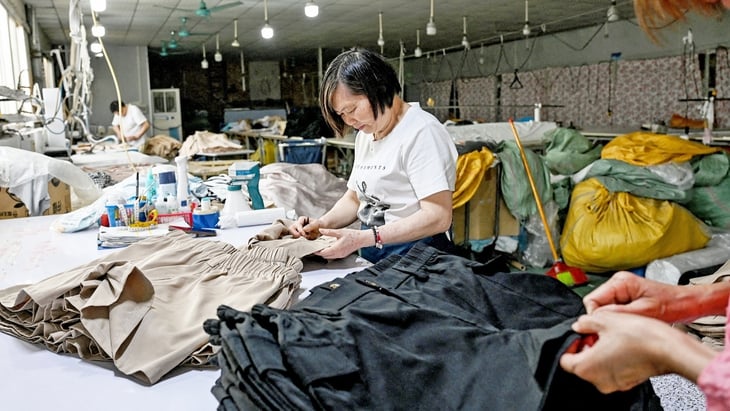



![[Photo] Buddha's Birthday 2025: Honoring the message of love, wisdom, and tolerance](https://vphoto.vietnam.vn/thumb/1200x675/vietnam/resource/IMAGE/2025/5/12/8cd2a70beb264374b41fc5d36add6c3d)

![[Photo] Prime Minister Pham Minh Chinh starts construction of vital highway through Thai Binh and Nam Dinh](https://vphoto.vietnam.vn/thumb/1200x675/vietnam/resource/IMAGE/2025/5/12/52d98584ccea4c8dbf7c7f7484433af5)


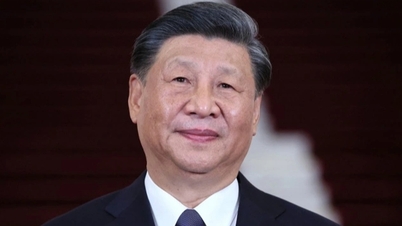
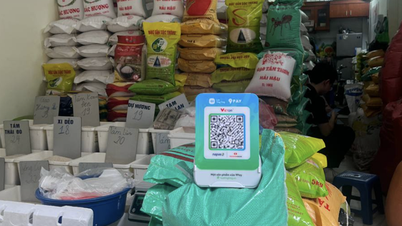









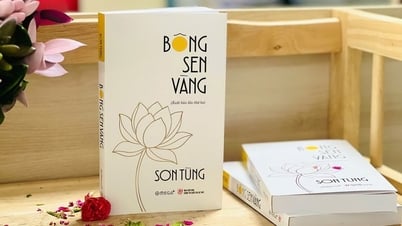




























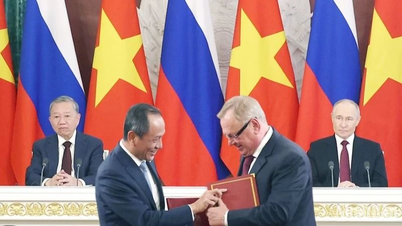
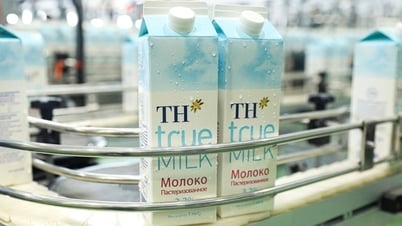























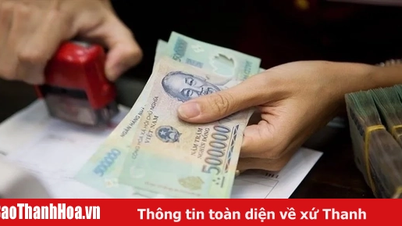














Comment (0)